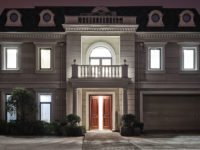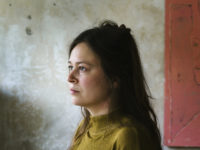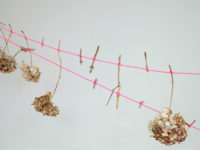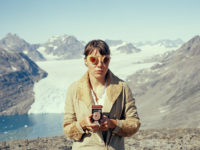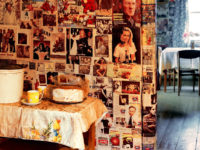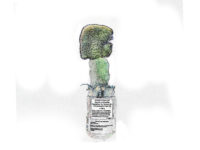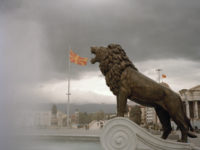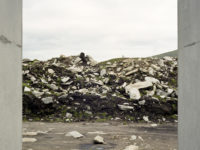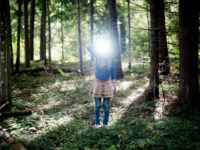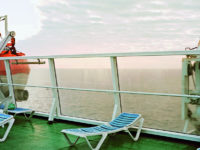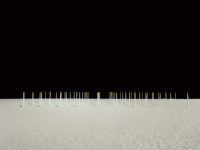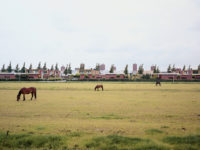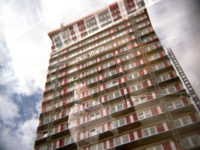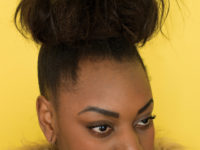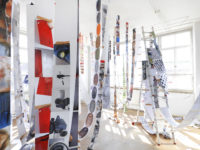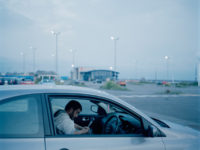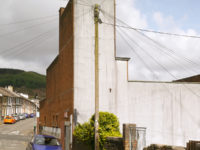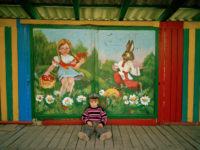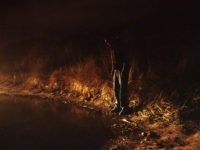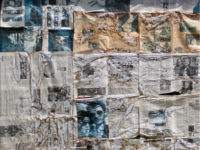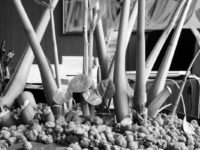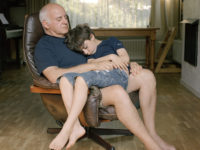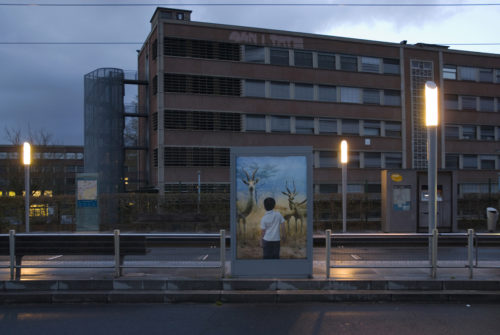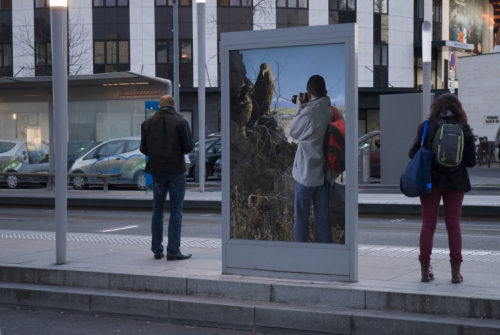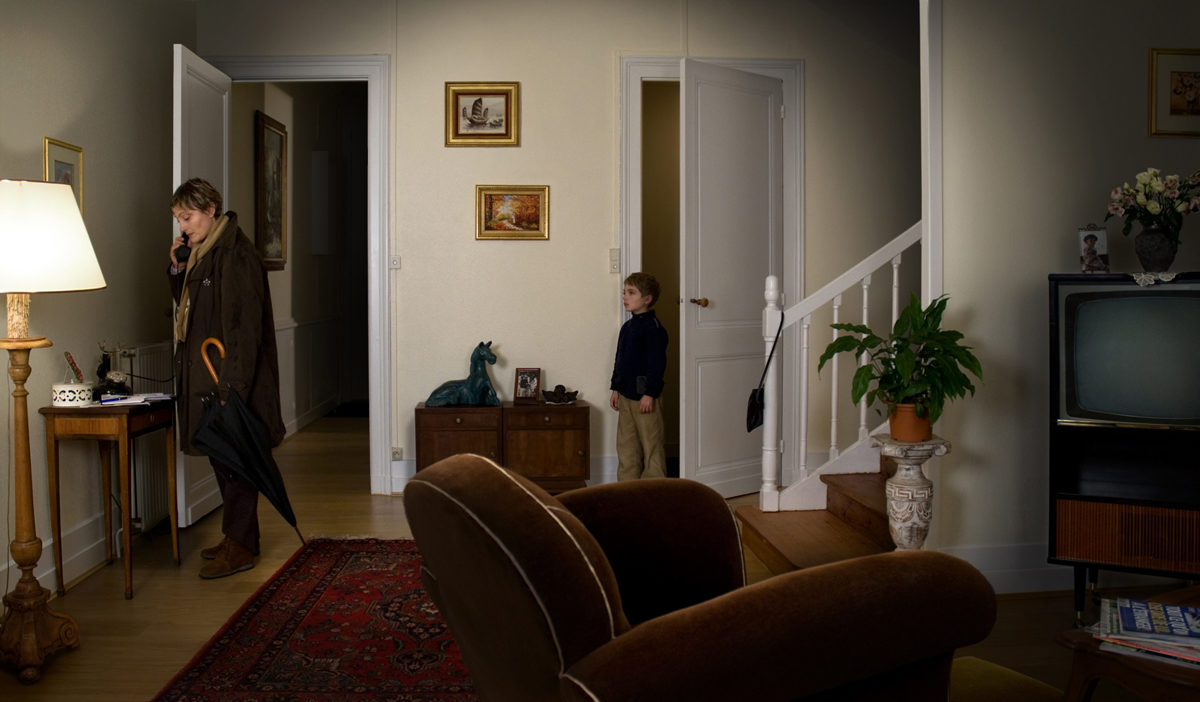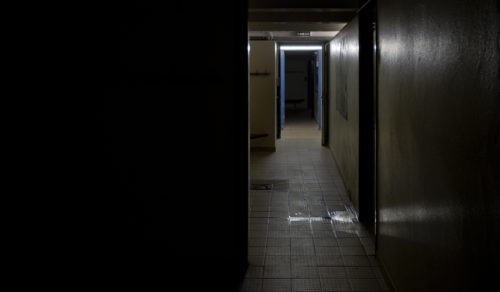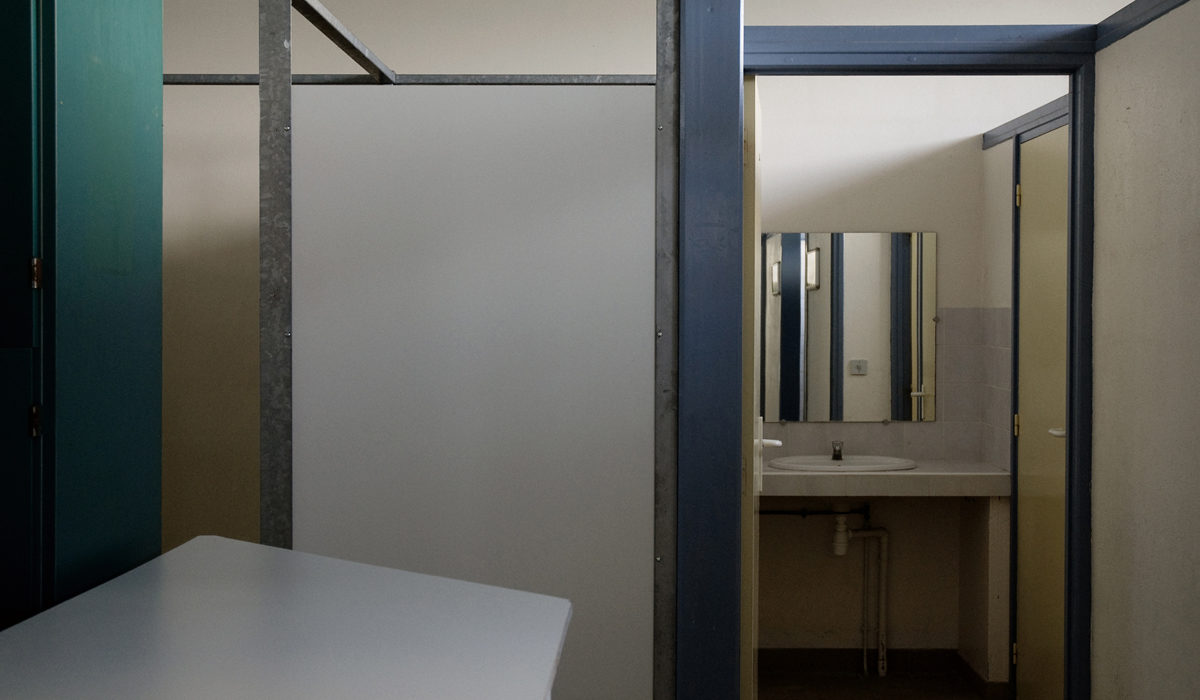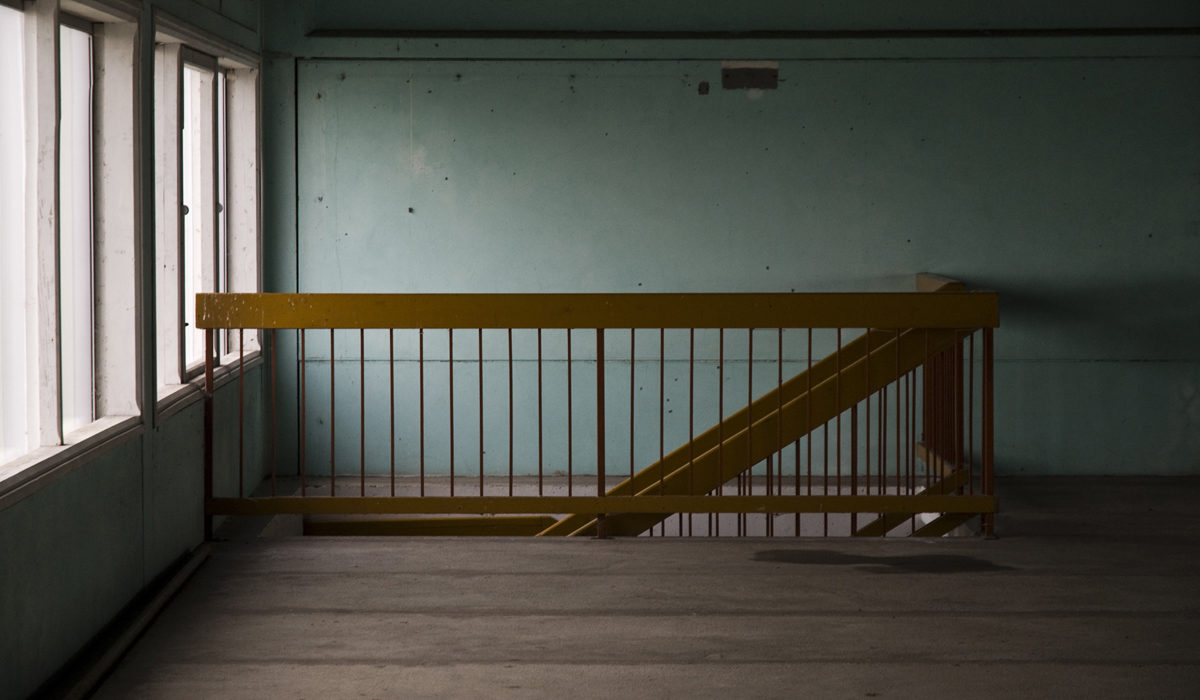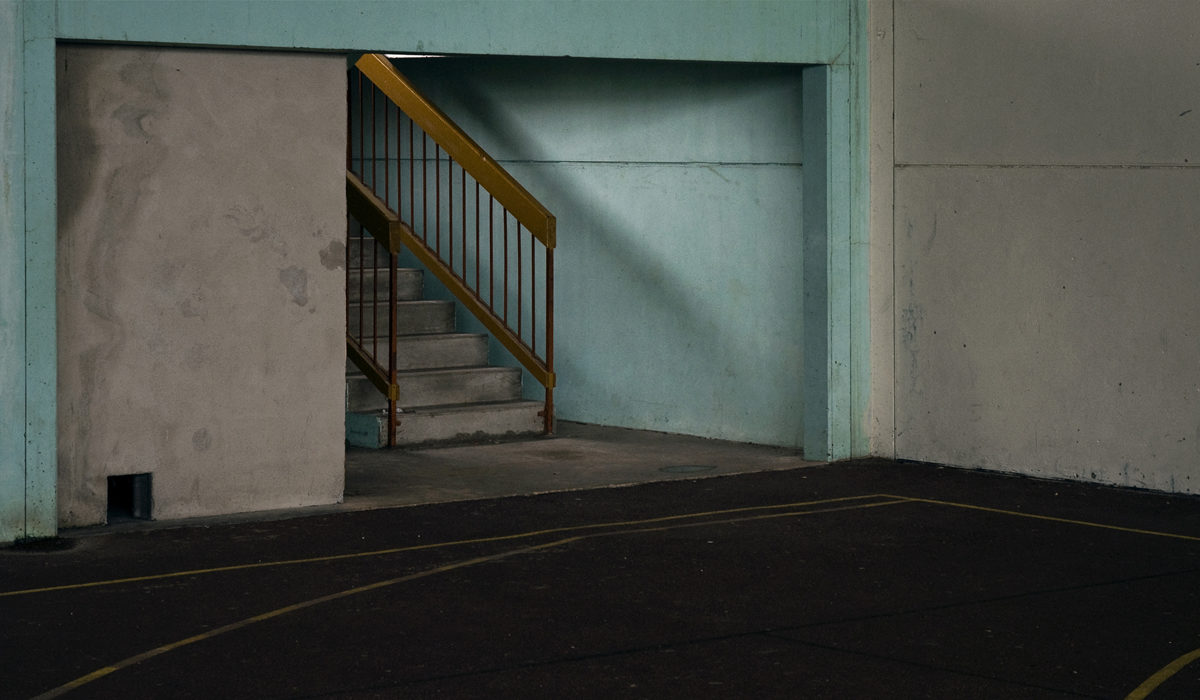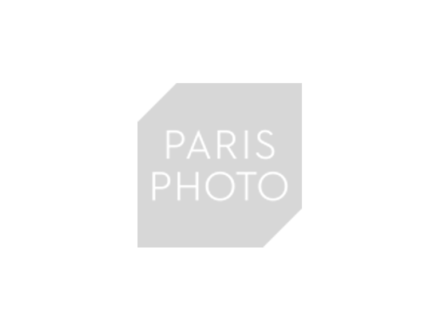Biography
By creating images on the borderlines of cinema, Nino Laisné questions our relationship to time and to narrative. All of his works are filled with a kind of attenuated tension that acts to trouble the viewer. He has been exhibited in different countries such as: Germany, Switzerland, Argentina and Mexico. He is regularly invited to produce new pieces in the context of creative residencies ('Pollen' in Monflanquin, 'Maison Chevolleau' in Fontenay-le-Comte, etc.), and he received the 'Aide Individuelle à la Création' from the DRAC Aquitaine in 2011. His recent videos projects have also been presented in different cinemas.
In parallel to his visual art productions, Nino Laisné is a guitarist in the tango quintet, Músicas Recuperadas, which he co-directs with Miguel Garau. For the past few years, he has reflected on religious traces in traditional music and has been interested in the direct or indirect influence of the Baroque period.
His last film En présence (piedad silenciosa) exists at the intersection of these different investigations.
Portfolio
Tourists
Wildlife diorama can be fascinating because of its ability to simulate reality. An observer feels
closer to animals, even to the point of feeling as though they have entered a wild animal’s territory. This
unaccustomed proximity can lead to a feeling of anxiety, added to here by a "trompe l'oeil" effect used as a
part of the landscape, adding a further layer of illusion. At first glance the individuals in the images
appear to be on some sort of safari, only a few metres from the animals. But on closer inspection, the
deception is revealed: the backgrounds are painted, the animals stuffed and the tourists are simply visitors
at a museum.
In placing these images on advertising hoardings on tramway platforms the images of
individuals become enmeshed with the tram passengers. Seen from the pavement opposite, the images of lone
individuals at one level, become mixed with the waiting passengers. This mixing of the printed image and
reality at the same time further confounds the viewer.
These images can also be seen in the
familiar terms of publicity panels. The intrusion of a wild animal into the environs of a city is a
recurring image in film, creating memorable encounters between man and animals (King Kong, Grizzly Man
etc.). In some way this project plays with the idea of these improbable encounters, and suggests startling
apparitions in the centre of a town.
Translated by Rachel Foister
Portfolio
The Hours
The Hours shows suspended animation; time at a stand still. A heavy tension seems to infiltrate each image. We feel caught in the moment just before an dramatic event. Even though there is a feeling that something irreparable is about to occur, these frozen images focus not only on this upset but also on a vague feeling of the banal, of "déjà vu". All of these "mises en scene" are extremely precise. The implication is of considerable work at a chosen location, where the space has been thoroughly planned throughout. Each item has been placed to contribute to a sensation of discomfort and of impermanence…. In these seemingly distant images, the presence of the human form brings out a feeling of tumescence. Despite their apparent tiredness, their languid and fragile appearance give them sensuality.
translated by Rachel Foister
Portfolio
Station
Nino Laisné photographs absences, specifically that of the human body, and this absence is
representative of a certain kind of presence, that found in areas devoted to sport and competition. To this
effect he chooses views of sporting venues and the equipment and amenities, abandoned, or more precisely
temporarily suspended, waiting for the coming season. He shows an ordinary world, unveiled in reassuring
proximity, but still allowing room for an indefinable ruggedness, an insistent questioning, and this direct
confrontation, narrowed down, marked head on by a freeing up of something uncertain, pushes us to topple bit
by bit into an unknown territory.
This stripping down of reality can only be achieved
by an increase in reality. It consists of bringing to an extreme a game of clues, an underlining of locales,
an amplification of means, without going so far as to get stuck in the display. This excess of reality
doesn’t dispel a fluid quality, a starkness even, and ignores above all a refusal to abstract places and the
phantasmic resonance of the body. The theatrical appearance reflects back to the need for a fiction, of his
use of contradiction and of the opening of a sharply designated scene offering a disturbing density. This is
magnified by an accomplishment which never comes, but in which can be found the high tension of effort and
release which forces us to stay on our guard and to maintain a renewed vigilance.
Didier
Arnaudet
Translated by Rachel Foister









